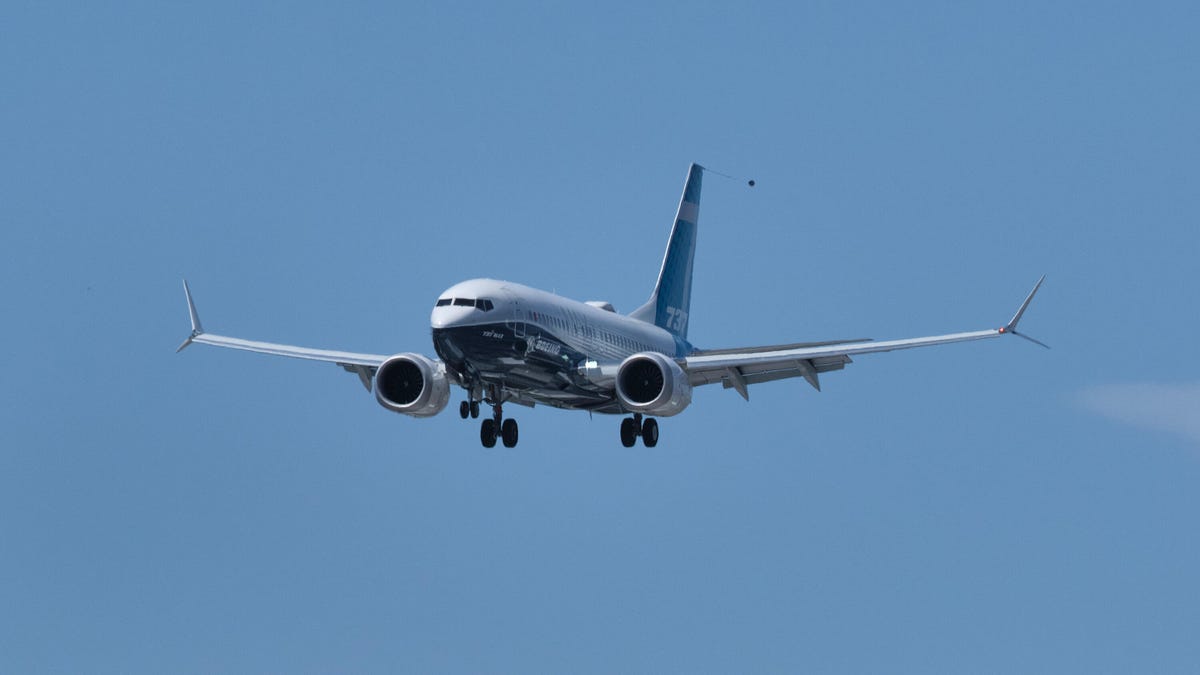Trump administration proposes emissions standards for commercial planes
The EPA says the proposed standards match the ICAO standards enacted in 2017 to keep US-made planes competitive globally.

The proposal would simply bring US standards in line with the rest of the world.
On Wednesday, the US Environmental Protection Agency, under the Trump administration, suggested greenhouse gas emissions standards for commercial planes, including passenger jets, for the first time.
Should the rules turn into final regulations, airplanes designed in the US on or after Jan. 1, 2020, would be subject to stricter emissions regulations. The regulationsmirror the standards the International Civil Aviation Organization enacted three years ago, which will work toward carbon-neutral growth from 2020 forward and a 50% reduction in CO2 emissions by 2050.
Again mirroring the international framework, the Trump administration's EPA said its submission calls for the regulations to apply to in-production airplanes come 2028. In other words, planes made in America after 2028 must meet the stricter CO2 regulations. The EPA did not, however, make mention of enforcing these rules for plane designs in production come 2023. The ICAO said it will begin enforcing the rules for planes already in production in three years. Instead, the EPA proposed the FAA would enforce the standards.
The bigger picture is that this is supposed to keep US plane manufacturers competitive around the globe. The EPA said three out of four planes made in the US are sold overseas, and if companies want to continue selling to foreign clients, they'll have to meet the international guidelines.
The stricter emissions standards for planes follow the Trump administration's move to soften rules for passenger vehicle emissions in the US. This past March, the administration issued the SAFE Vehicle Rule, which lowers fuel economy requirements for an automaker's corporate fleet by 1.5% each year through 2026. The rule comes in sharp contrast to previous Obama-era regulations to increase fuel economy standards through the same time period. There were objections to the rollback; the EPA insisted the updated regulations simply create a "floor" and not a ceiling for automakers to meet.

